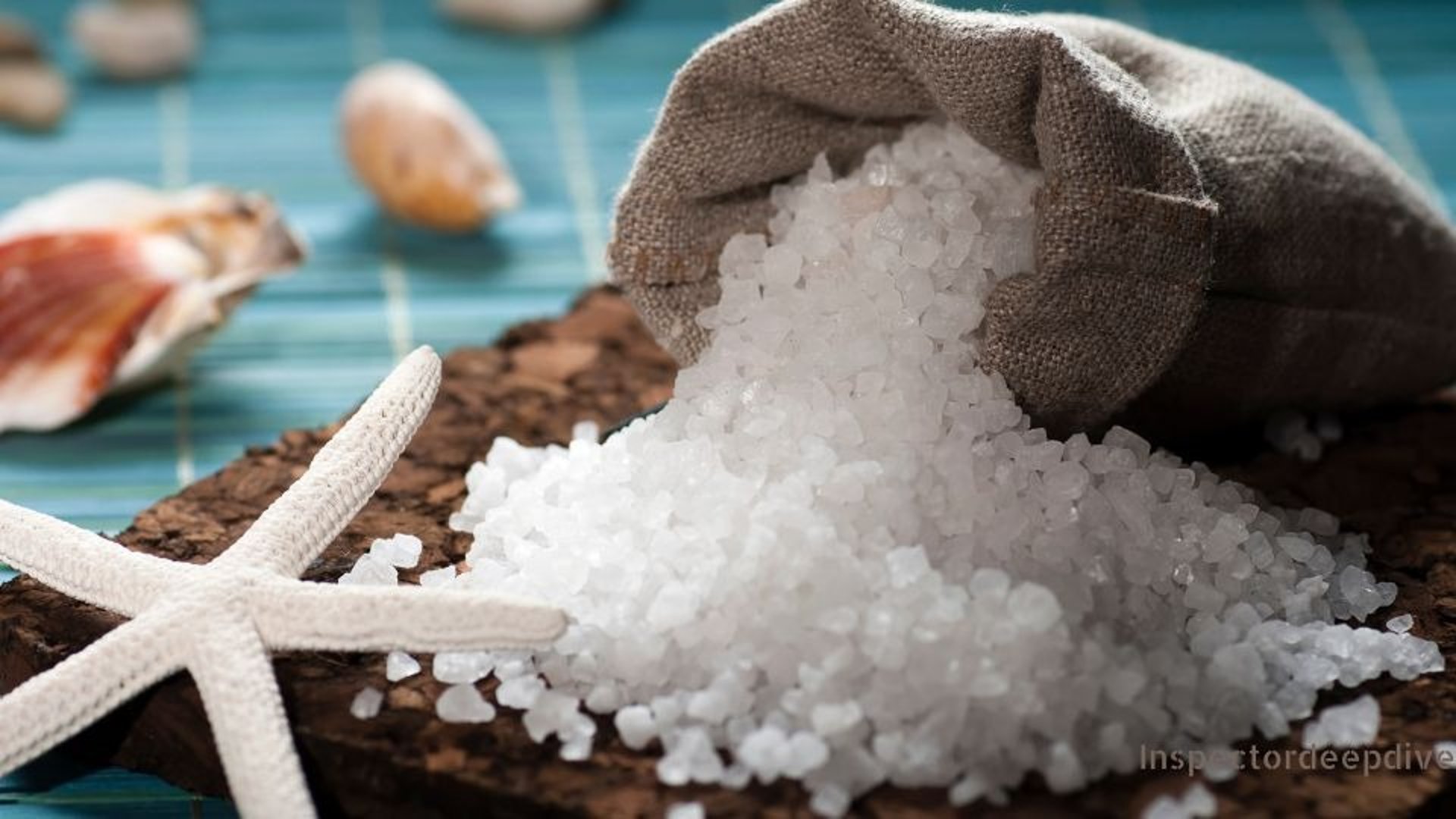
Sodium: Regulates blood pressure and fluid balance

Sodium: Regulates blood pressure and fluid balance
Sodium is an essential electrolyte that helps control fluid balance and the electrical activity of cells.
It’s critical for nerve impulses, muscle contraction (including the heart), and maintaining blood volume. Most dietary sodium comes from sodium chloride (table salt) and processed foods.
What is sodium?
Sodium (Na+) is a positively charged ion required for normal physiology.
In nutrition, we track sodium intake because it strongly influences blood pressure, hydration, and kidney handling of electrolytes.
What does Sodium do for the Body?
Sodium helps maintain fluid balance, supports nerve and muscle function, and influences blood pressure.
It works with potassium and other electrolytes to create the electrical gradients across cell membranes that allow nerves to fire and muscles to contract.
How the body handles sodium
The kidneys are the main regulators of sodium balance, adjusting how much is excreted in urine.
When sodium intake rises, kidneys normally excrete more; when intake falls, kidneys conserve sodium. Hormones (aldosterone, natriuretic peptides) and fluid status modify this regulation.
Typical dietary sources
Most sodium in modern diets comes from processed and restaurant foods, not the salt shaker.
High-sodium examples: packaged snacks, cured meats, canned soups, frozen meals, condiments (soy sauce, ketchup), and many restaurant dishes. Whole foods (fresh fruits, vegetables, plain grains) are naturally low in sodium.
Recommended intakes
Health organizations recommend limiting sodium to reduce blood pressure and cardiovascular risk.
World Health Organization: less than 2,000 mg sodium/day (5 g salt/day).
Many national guidelines: aim for 2,300 mg/day (6 g salt/day) for the general population, with lower targets for people with hypertension.
Health effects
Reducing sodium intake lowers blood pressure; lower blood pressure reduces cardiovascular risk.
Randomized feeding trials (for example, the DASH-Sodium components of the DASH research) show that lower sodium intake produces meaningful drops in systolic and diastolic blood pressure, especially in older adults and those with hypertension.
Large observational studies (for example, INTERSALT) found correlations between higher sodium excretion and higher blood pressure across populations.
Meta-analyses of randomized and controlled trials consistently show that moderate sodium reduction lowers blood pressure; the magnitude varies by baseline blood pressure and age.
Some large observational studies (for example, PURE) raised questions about relationships between very low sodium intake and outcomes; however, these have important methodological critiques (measurement methods, reverse causation, and confounding). Overall, the preponderance of randomized-trial and population-evidence supports modest sodium reduction to lower blood pressure and related cardiovascular risk.
Risks of Sodium
Both very high and very low sodium levels can be harmful in certain situations; balance and context matter.
Excess sodium (chronic high intake): raises average population blood pressure and contributes to higher cardiovascular disease risk over time.
Acute sodium overload: may cause fluid retention and worsen heart failure, hypertension, and some kidney conditions.
Low serum sodium (hyponatremia): common in clinical settings (excess fluids, certain medications, or medical conditions) and can cause confusion, seizures, or worse.
Very low dietary sodium for people with impaired kidneys or on certain medications may increase risk in some contexts individual clinical factors should guide care.
How sodium affects different groups
Some people are more “salt sensitive” they show larger blood-pressure changes with sodium variations.
Groups more likely to be salt-sensitive: older adults, people with hypertension, Black individuals, people with chronic kidney disease, and those with metabolic syndrome. Athletes and very active people require tailored guidance because of sweat losses and hydration needs.
Testing sodium status
24-hour urinary sodium collection is the most accurate way to estimate recent intake; blood tests show physiological balance (not intake).
Spot urine tests and dietary recall are easier but less precise. Clinical decisions often use serum sodium, kidney function, medications, and symptoms together.
Practical, reader-friendly tips to manage sodium intake
Small changes add up reduce processed foods, cook at home, and use herbs and acidity for flavor.
Cook from scratch and use herbs, citrus, garlic, and spices instead of extra salt.
Compare labels: choose lower-sodium options (look at mg sodium per serving).
Rinse canned beans and vegetables to remove surface sodium.
Use reduced-sodium broths and limit salty condiments.
Consider potassium-based salt substitutes to cut sodium, but consult a clinician if you have kidney disease or take medications that raise potassium.
Gradually reduce salt to allow taste buds to adapt.
Sodium and Medications
Many common drugs affect sodium and fluid balance; coordinate intake with prescribers.
Diuretics, ACE inhibitors/ARBs, NSAIDs, and some antidepressants can alter sodium levels or the body’s handling of fluids.
Simple takeaways
Sodium is essential but modern diets often provide too much; moderate reduction improves population blood pressure and lowers cardiovascular risk.
Focus on whole foods, reduce processed items, and seek medical advice if you have conditions (heart failure, kidney disease) or take medications that affect sodium.
Short summaries of key scientific studies
DASH-Sodium (feeding trials) finding: lower sodium intake lowers blood pressure, especially on a DASH-style diet rich in fruits and vegetables.
INTERSALT (epidemiology) finding: populations with higher sodium excretion had higher average blood pressures, supporting a population-level link.
PURE (large observational study) finding and context: reported complex associations between sodium and outcomes at extremes of intake; later critiques emphasized measurement and confounding issues. The overall body of randomized and controlled evidence supports moderate sodium reduction for blood-pressure control.
New research highlights
Recent work focuses on individualized recommendations and safer long‑term reduction strategies.
Ongoing studies examine how genetics, age, and comorbidities determine salt sensitivity; others test community interventions that lower population sodium intake (reformulation, labeling, public education).
info@inspectordeepdive.com
© 2025 food.InspectorDeepDive.com. All rights reserved. Content may not be copied or republished without permission.
This article is for informational purposes only. InspectorDeepDive.com does not provide medical advice. Always consult a licensed healthcare provider before making dietary or health decisions.
